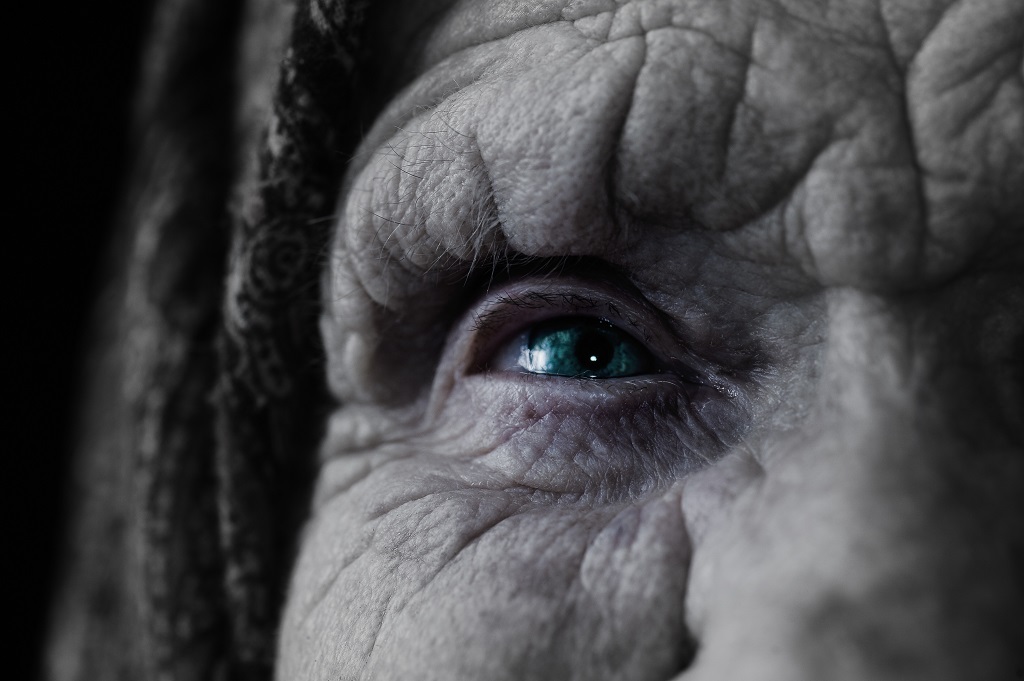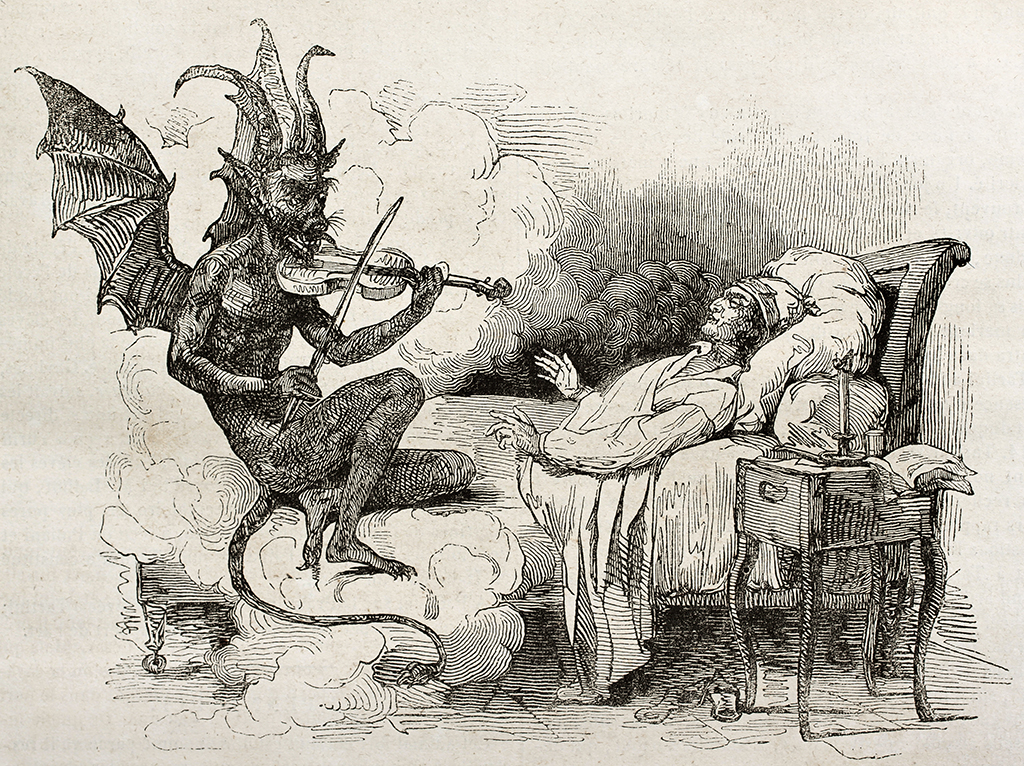What would you do if the milk in your fridge soured a week early, or a seemingly healthy pot plant suddenly withered and died?
Imagine blaming one of your neighbours, getting them arrested and then watching as they were strangled and burnt at the stake. This is pretty much what happened to almost four thousand Scots between 1563 and 1736.
On 4 June 1563 an Act of the Scottish Parliament, ‘Anentis Witchcraftis’, made it a capital offence for anyone to practise or seek the use of ‘Witchcraftis, Sorsarie and Necromancie’. It came soon after the Reformation of 1560 and clearly stems from the passage in Exodus 22:18, ‘Thou shalt not suffer a witch to live’.
The Act can also be viewed as part of a concerted effort to purge Scotland of Catholic practices (such as worshipping the saints), pagan beliefs and superstitions, and to wean people off popular magic such as that practised by local ‘cunning folk’.
The witch hunt occurred within five major ‘panics’ (1590-1, 1597, 1628-30, 1649 and 1661-2). The majority of the 3,837 accusations were in the central belt, with East Lothian leading the way. Of the 300 or so cases in which the outcome is known, two thirds resulted in execution, so there is little reason to doubt that at least 2,500 suspected witches were executed during this period.
This figure doesn’t include witches killed at the hands of the mob, such as Janet Cornfoot, who was accused of witchcraft in Pittenweem in 1704. She was strung up and pelted with stones and sticks before being cut down, buried under a heavy door covered in rocks and pressed to death. Many other villages and towns in Scotland have similar tales of rough justice.
The type of people who were accused of being witches followed the general pattern of the rest of Europe. Most (about 85%) were women, and three quarters of these were poor and aged between 30 and 60. In some cases women accused of witchcraft had had such a reputation for a number of years.

Some of these were cunning folk or healers, others claimed to have second sight. They would employ folk remedies to heal, or magical charms to bring luck or ward off evil spirits. Many women claimed that their powers had been given to them by fairies.
Witches were accused of various acts of malefice. The first of the major
witch panics, for example, centred around a demonic plot to assassinate King James VI and his new bride by creating a storm to sink their ship in 1591. Some 70 people were implicated in the plot.
In 1597 Christian Stewart confessed to killing Patrick Ruthven by bewitching him ‘with ane blak clout’. And when infants fell ill or died, witches were often blamed, accused of either giving them the evil eye or shooting them with elf-shot (magical projectiles in the form of arrows or darts).
In many cases, the bewitched tended to survive, which could be bad news for the suspected witch. In 1697, for example, when 11-year-old Christian Shaw began to display strange symptoms, developing mysterious pains and coughing up balls of hair, straw, pins and hot coals, witchcraft was blamed. The girl went on to accuse a total of 35 people for her illness, seven of whom were executed.
Most accusations of witchcraft centred around the home, which is one explanation for why most Scottish witches were women.
The finger of blame was pointed at them when livestock died (elf shot could cause a cow to produce blood instead of milk) or when butter failed to churn, beer refused to ferment or a whole crop failed.
In these cases the testimony of neighbours was important but it was a witch’s confession to having renounced her baptism and made a compact with the Devil that sealed her fate. These ‘confessions’ have produced some of the most extraordinary and sensational aspects of the Scottish witch hunt.
The North Berwick witches behind the plot to assassinate James VI confessed to meeting the Devil in 1591: ‘His face was terrible, his nose was like the beak of an eagle, his hands and legs were hairy, with claws upon his hands and feet like the griffon’ and he spoke with a ‘rough, deep voice’.
Margaret McWilliam had lost her horse and cows and was in dire economic straits when the Devil came to her: ‘Be not afraid, for you shall get rings enough,’ he told her. In return, he wanted her seven-year-old son, whom she duly shot with a fairy stone given her by the Devil, killing him instantly, ‘which grieved her most of anything that ever she did’.

By far the most extraordinary confessions were those of Isobel Gowdie, in 1662. She claimed that her coven of 13 witches (it was from this case that a coven of 13 was popularised) could change into the shape of animals; stole milk from cows, and often met with the Queen of Faeries.
However, it was her revelations about her carnal dealings with the Devil that shocked and titillated 17th-century Scottish society. She described one particular encounter in graphic detail: ‘He was a very huge, black, rough man, very cold; and I found his nature [penis] within me all cold as spring well water… His member is exceedingly great and long… He would be among us like a stud horse among mares.’
There are plenty of explanations for these incredible confessions: senility, mental illness and ergot poisoning have all been blamed. However, most of the confessions were extracted from suspects after a sustained bout of judicially sanctioned torture.
The most common form of torture was sleep deprivation, often lasting up to a week, which tended to cause hallucinations. More extreme forms of torture were occasionally deployed as well.
Agnes Sampson, for example, was fastened to the wall of her cell by a witch’s bridle: an iron instrument with four sharp prongs forced into the mouth; Dr Fian had his fingernails forcibly extracted and had iron pins inserted in their place, his thumb crushed in the pilli winks (thumbscrew) and his leg shattered in The Boot; and in 1662, one of the ‘barbrouslie tortured’ witches from Belladrum near Inverness died as a result.
It was also believed that once a witch had made a pact with the Devil, she received the Devil’s mark – a teat or mole from which he would suck her blood.
Local ministers, or more usually professional witch-prickers, were employed to discover the mark, such as in 1649 when a suspected witch who had confessed to receiving the Devil’s mark on her right arm ‘had a long pin of wire thrust into the head, and she was insensible to it’.
A combination of distrust at the overly enthusiastic use of torture and the secularisation of the state led to the decline of witchcraft prosecutions.
The last execution for witchcraft in Scotland took place in the 1720s, while the Scottish Witchcraft Act was repealed in 1736. However, while witchcraft was no longer a crime, belief in sorcery did not vanish overnight.
In the 1750 in Galloway, a local woman was accused of stealing butter and transforming herself into a hare to suck milk from cows. The same year, two men in Tain attacked two women they suspected of being witches and ‘scored and cut their foreheads with an iron tool’. And as late as the 1880s the people of Skye petitioned against a mother and daughter who ‘by evil arts take the milk from their neighbours’ cows’.
Perhaps witchcraft is alive and well in Scotland today. We know Scottish witches were not old cackling crones in long pointy hats riding broomsticks with black cats perched on the end, or stooped over a boiling cauldron, throwing eye of newt and tongue of frog into a bubbling, green distilment. We also know that they were generally accused of relatively harmless crimes.
So the next time your milk goes sour, or your favourite plant dies, you’ll probably dismiss it as just ‘one of those things’, but it could be that you’ve annoyed one of your neighbours and they’ve given you the evil eye. I wouldn’t call the police, though.
TAGS

